The Denver Omelet
Here’s how to make the classic American diner omelet, the Denver Omelet, at home. It’s loaded with green bell pepper, onion, ham, and cheddar cheese.

When we were planning this egg series, we had a French omelet on the list. None of us had ever actually made one before though. We tried. It was really annoying to do, and not that exceptionally great tasting in our opinions. Or not worth the effort. We decided to stick with what we know and go with the classic American diner omelet. The Denver Omelet was a natural one to turn to.
I’m giving instructions here for making any kind of American diner-style omelet, really. The difference is just in the ingredients that you use. For a Denver omelet, you use chopped green bell peppers, onions, and ham. I had to include cheese as well, which is usually optional on a Denver, because me and cheese have a special bond.
How to Make an Omelet
Heat a teaspoon of cooking oil or butter in an 8-inch non-stick skillet over medium heat. Add your chopped ingredients. Almost all ingredients benefit from sautéing first. The only exceptions are diced tomatoes and chopped green onions, which should not be added at this stage but are best as garnishes on the top after the omelet is cooked.
Sauté ingredients until they’re softened, 4-5 minutes. Then remove them from the skillet and put them on a plate. Wipe out the skillet.
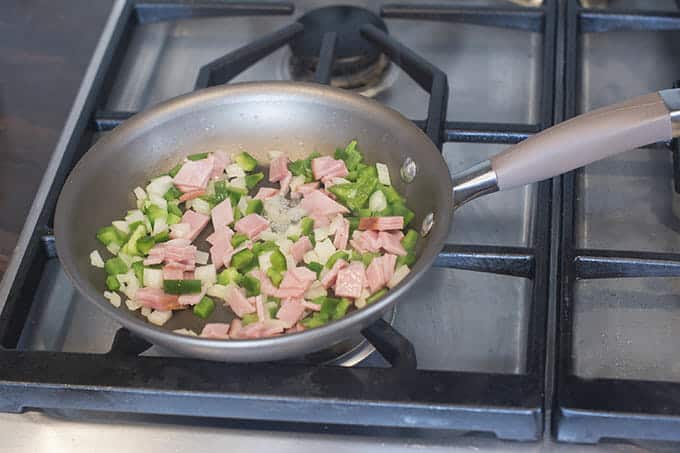
Meanwhile, crack the eggs into a bowl and whisk them until smooth (you don’t want the yolks and whites to be separate at all here, unlike for the American-style scrambled eggs that we discussed the other day).
Heat another teaspoon of butter or oil in the skillet over medium heat. Pour in the eggs.
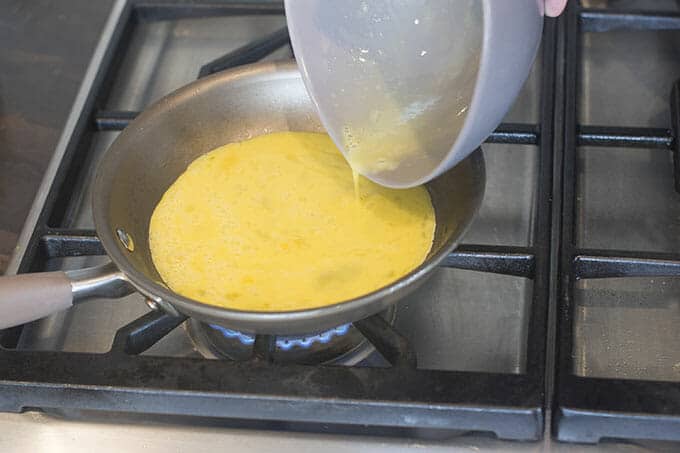
Let them sit in the pan for a minute and then when you notice them starting to congeal in places, stir.
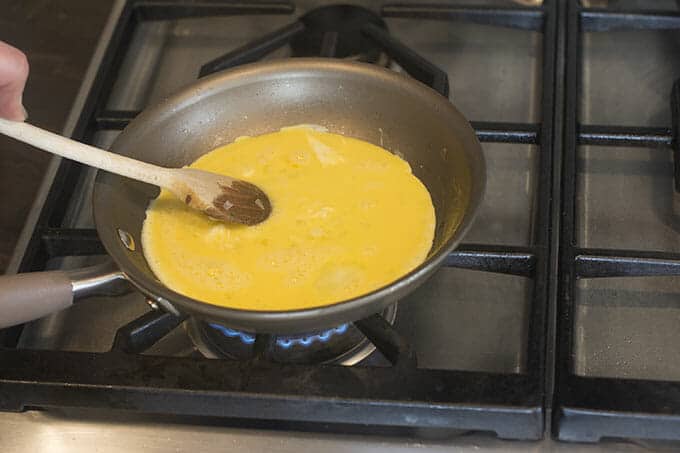
Let it all sit for a bit again. When the bottoms have congealed, scrape the egg to one half of the pan.
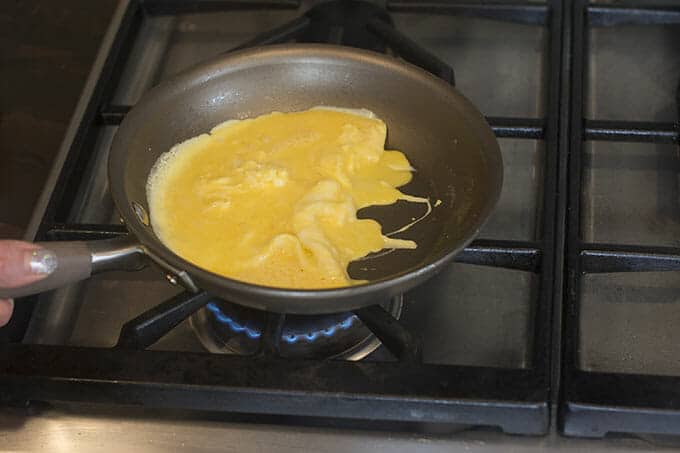
Tilt the pan to encourage the raw egg to move to fill the pan. Doing this helps the egg to set more quickly so that the bottom doesn’t brown too much before all of the egg is cooked.
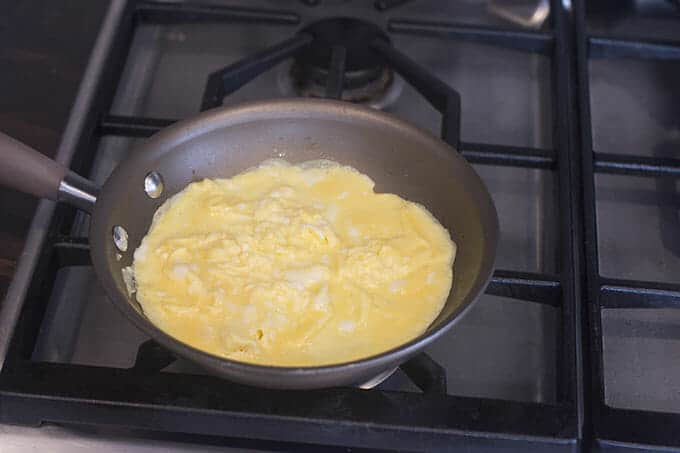
Once the top of the eggs is mostly set but just slightly damp, top half of the egg with the filling mixture.

Sprinkle the filling with cheese, if using.

Using a non-metallic turner/spatula like this, fold the side of the egg that doesn’t have filling on it up over the side that does.
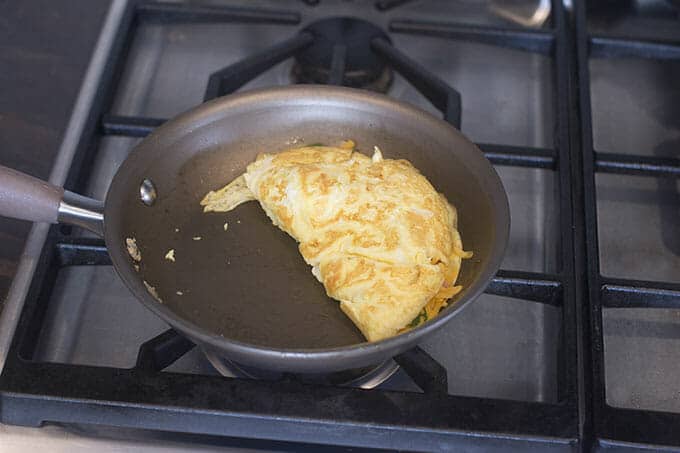
Transfer omelet to a plate and serve immediately.


The Denver Omelet
- Prep Time: 5 minutes
- Cook Time: 8 minutes
- Total Time: 13 minutes
- Yield: 1 serving 1x
- Category: Entrée
- Method: Stovetop
- Cuisine: American
DESCRIPTION
Here’s how to make the classic American diner omelet, the Denver Omelet, at home. It’s loaded with green bell pepper, onion, ham, and cheddar cheese.
Ingredients
- 2 tsp. butter or vegetable oil, divided
- 2 Tbsp. chopped green bell pepper
- 2 Tbsp. chopped onion
- 1 oz. chopped cooked ham
- 2 large eggs
- 2 Tbsp. shredded cheddar cheese
Instructions
- Heat 1 teaspoon of the butter or oil in a small to medium skillet over medium heat. Swirl it around the skillet to coat the bottom.
- Add the bell pepper, onion and ham. Cook until softened, 4-5 minutes, stirring occasionally. Transfer to a plate. Wipe out the skillet.
- Meanwhile, crack the eggs into a small bowl and whisk with a fork until the whites and yolks are fully incorporated into each other with no streaks of clear whites remaining.
- Put the skillet back over medium heat and heat the remaining teaspoon of butter or oil. Swirl it around the pan.
- Add the eggs. Cook until some egg is starting to congeal. Stir.
- Cook until the bottom is mostly congealed and then scrape the cooked egg all towards one half of the skillet. Tilt the skillet so that raw egg from the top fills the space you made.
- Let the omelet cook until it is mostly set but still slightly wet on top.
- Pile the filling ingredients onto one half of the egg. Top the filling with the cheese, if using.
- Fold the half of the egg that doesn’t have filling over the half that does. Slide the omelet out of the pan and serve immediately.
This post originally appeared in May 2018 and was revised and republished in April 2021.


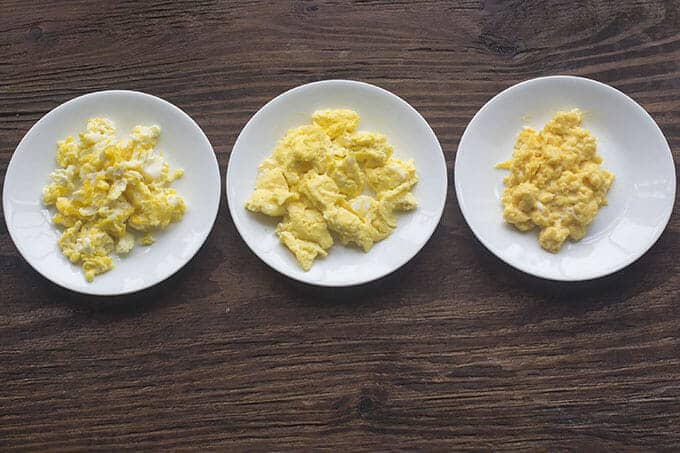
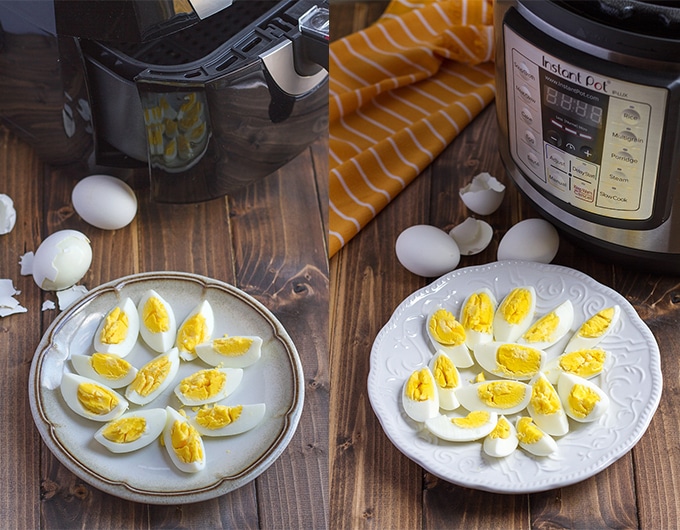
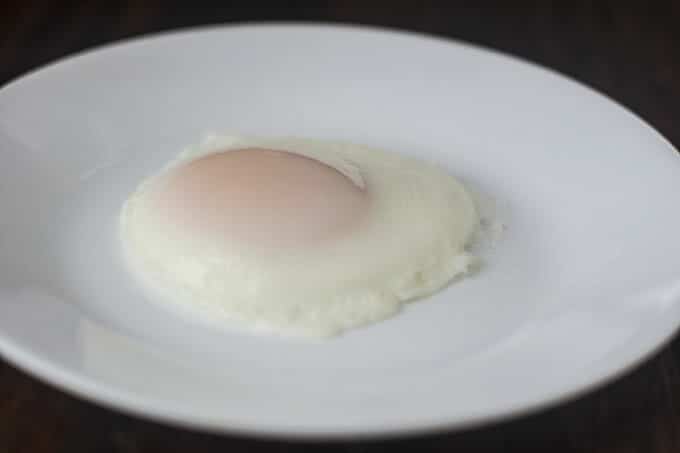

















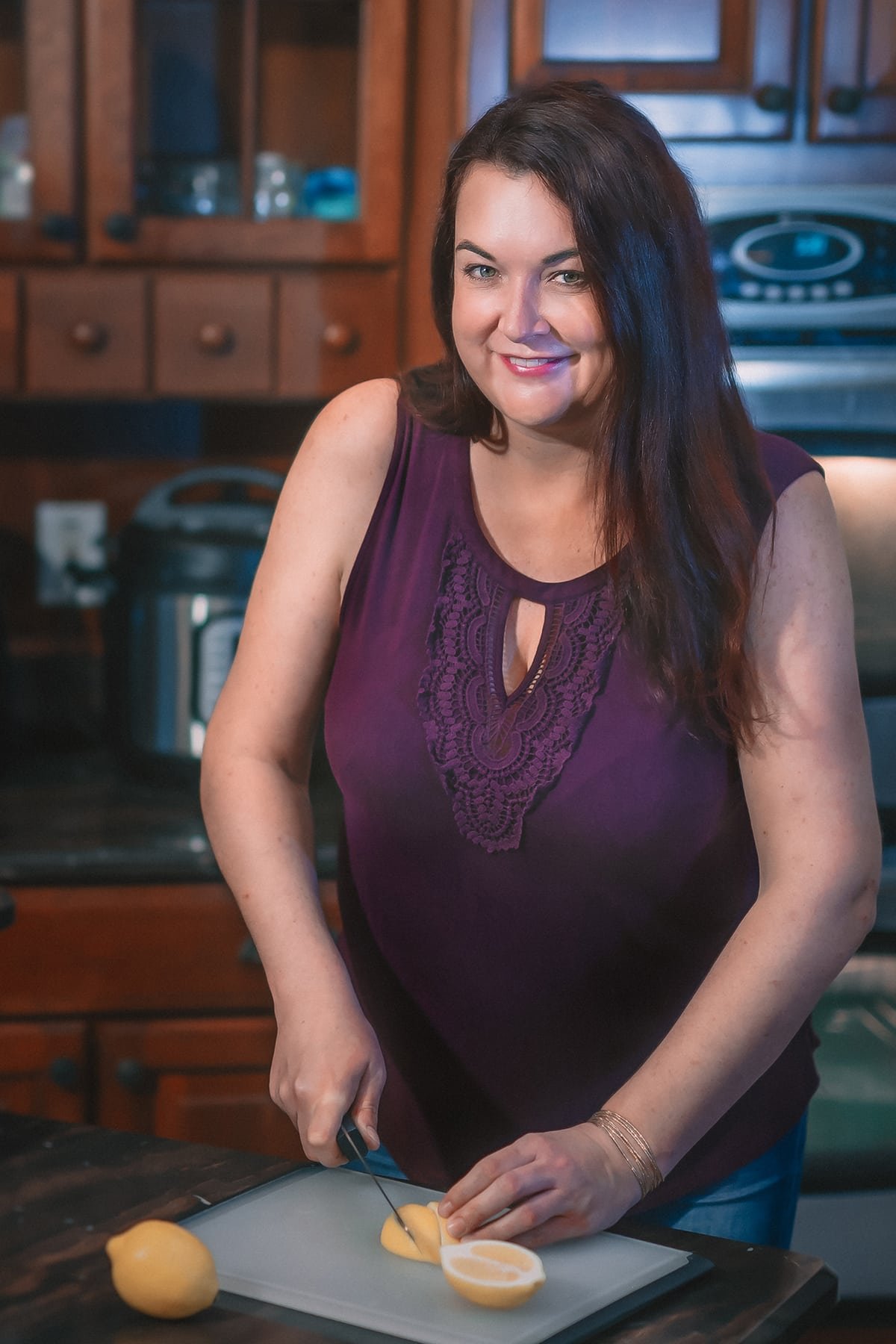
it is an amazing omelette
Thank you so much!